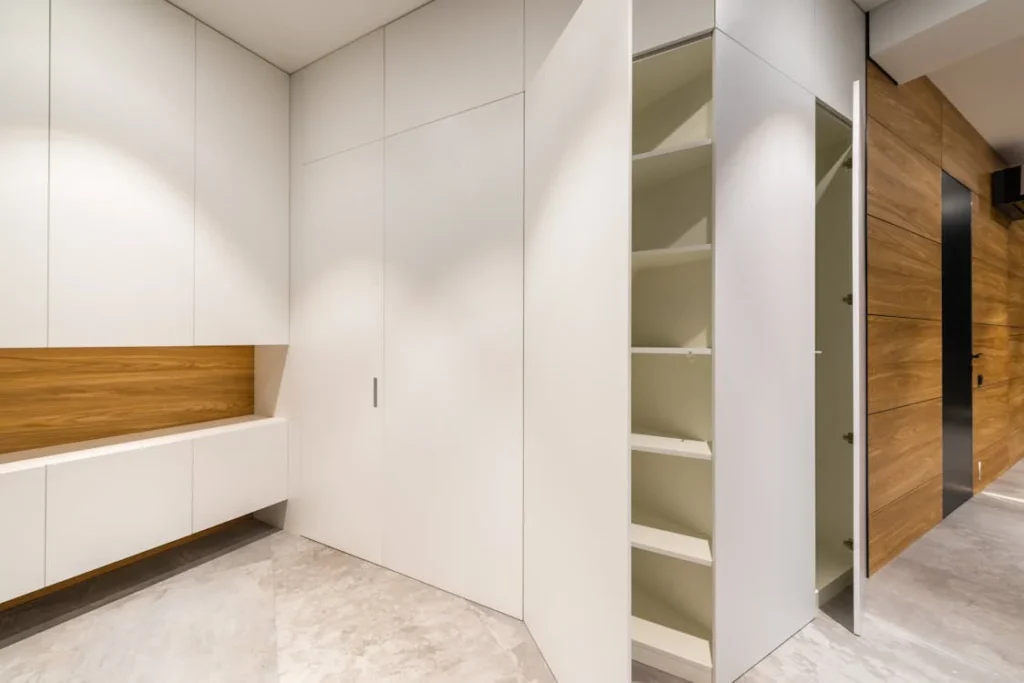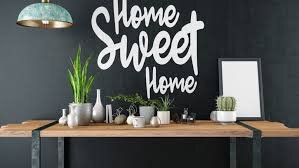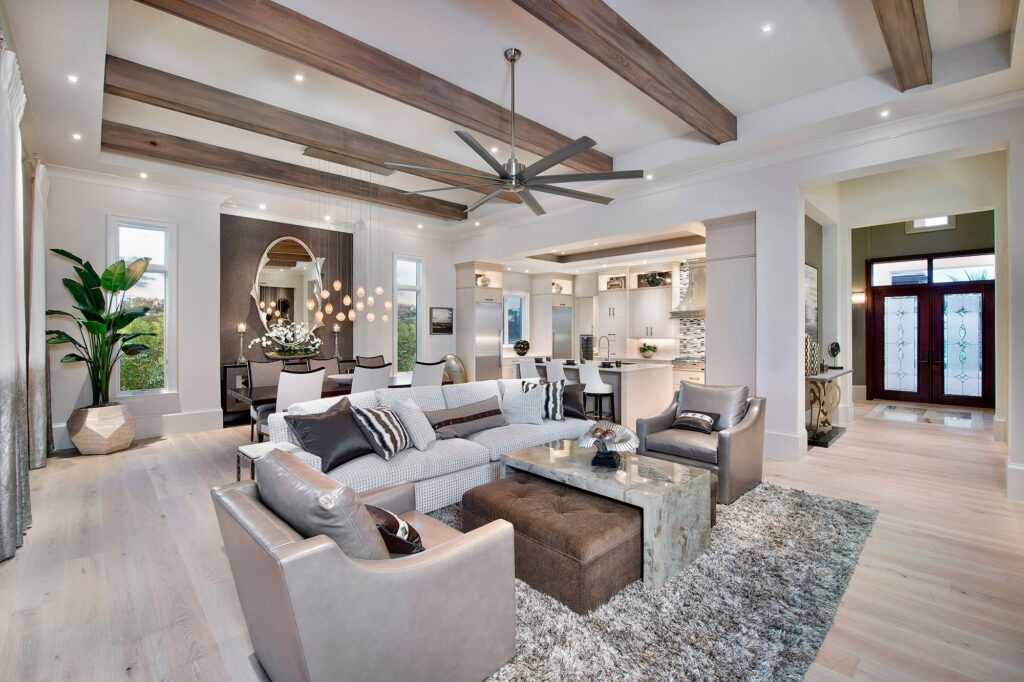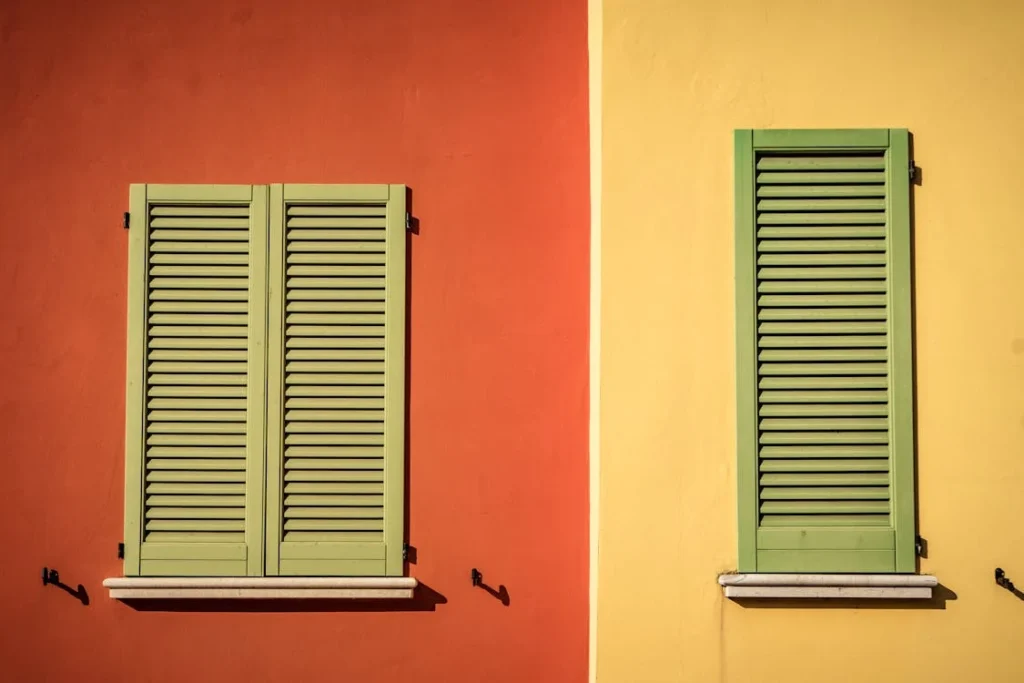Latest Indian Simple House Color Combination Outside
In India, where culture and architecture seem to converge, colors on the exterior of a household have great significance. In Indian Culture, the outside color palette of a home is not merely on the house one’s preference but also on the individual’s roots, style, and overall feeling of hospitality. And for those who are constructing a house or changing its looks from the outside, the shade’s selection is a crucial part of the building’s image. This article shows various shades most ideally and tastefully suitable for Indian houses creating a marriage between style and simplicity.
1. Understanding the Impact of Exterior Colors
Colors have a psychological effect on how a space is perceived. Appropriate colors can add beauty to the house, blend with the outdoor environment, and even affect the state of mind. The house’s colors in Indian households are determined by the region’s weather, cultural inclinations, and history. For example, homes in Rajasthan are painted rather warm ochre and terracotta, while homes near the sea in Kerala are painted blue and white. When deciding on colors several things need to be kept in mind: the obvious one is the climate, the house being built in the neighborhood, and individual preferences.
2. Popular Color Combinations for Indian Homes

a) Classic White with Natural Stone Accents
In almost every architectural style, white does make a stylish statement. It can be beautifully complemented with natural stone details like sandstone or some slate, adding a class to it. This scenario is suitable for such homes located in hot regions since the use of white color on the exteriors helps in heat reflection and heat retention in the interiors. Windows, doors, or even porch pillars accentuated by stone elements go ahead to add character to the overall home.
b) Ivory and Gold
Gold and ivory may seem plain but they do have a hint of royalty when put together. One is ivory and the other is gold which is why ivory is an enhancer to the architectural aspects of the house and the highlights of gold, add warmth. Traditional or even colonial styles of Indian homes would benefit most from this color combination. The green outdoors and maybe some natural settings suit the color scheme of the home very well.
c) Terracotta Jali and Beige
Terracotta as a color has attachments with Indian culture and is significantly appealing to the traditional eyes. It gives off a feeling of comfort and warm feelings, especially when used with beige. These set of colors, terracotta and beige work best in hot and dry regions since they complement the surroundings quite well. Furthermore, exteriors of homes designed with such colors do not go out of style so quickly as time goes on.
d) Yellow and White
Indian homes look stunning with the combination of yellow and white. Yellow represents joy and white subdues the joy within equilibrium, hence this combination works best. This combination will suit houses in sunny, hot regions very well. It is also an optimal combination for homes that have gardens, as it goes well with the green.
e) Grey and Charcoal with Wooden Accents
Nowadays grey and charcoal in combination with wood also look very attractive for modern Indian homes which gives a clean chic look. This combination works very well for a contemporary home in India aesthetically with elegant minimalism in design. Woods in door frames, windows, and porch beams provide extra coziness and a sense of nature to a cool sober color scheme.
3. Regional Influence on Color Choices

India has different regions each with distinct architectural forms and color schemes developed as a result of climate conditions, available materials, and local customs.
- North India: The northern part of the country incorporates warm colors, more browns, creams, and beiges when painting the house which is characteristic of the region’s natural setting. These colors also harmonize with North Indian elements of architecture like jharokhas or elaborately carved vegetable doors.
- South India: In the southern and coastal portions of Kerala and Tamil Nadu, houses tend to be light white and blue because of their tropical coastal feel. Such colors go very well with the houses having Moroccan tile roofs with wood framed parts.
- West India: Areas in western India including Rajasthan have robust colors of ochre, red, and indigo which are common. These colors not only accentuate the culture of the area’s people but also stand out in the dry setting.
- East India: In Eastern India, Rural residents use mud and bamboo painted in natural colors for their houses. But in the case of modern housing light green, white, and blue colors are more common as they are suggestive of the fertility of the area and the monsoons.
4. How to Choose the Right Color Combination

Selecting the perfect color combination can be challenging, but these tips can help:
a) Consider the Climate
Light colors would be best for hot areas as they would keep the house cool being white, beige, or pale pastels. For other regions where colder areas dominate, warm colors such as grey, brown, or terracotta help conserve heat energy.
b) Factor in Surrounding Landscape
The greenery around your house must also affect your colors. If a house is surrounded by green, it will be great to have wooden brownish, green, and beige nails to surround the area. In cities, some white and grey colors around the home are nice and modern.
c) Blend Tradition with Modern Trends
There is no reason why an urban or contemporary environment should not be able to integrate traditional aesthetics but yes the other way around is a little hard. This is the reason that many Indian homes continue looking for traditionality while combining it with contemporary aesthetics. Colors can also be used to help focus the eyes and parts of the dwelling that are still being developed in terms of design. For instance, a muted grey combined with soft whites complements the walls of a vintage bungalow.
d) Test Samples Before Finalizing
Try testing a single wall area before deciding on a particular color. This allows for seeing how the selected color will fit your interior design and. How it will look at different times of a single day allowing any surprises that may occur when the painting is completed.
5. Color Psychology and Its Influence on Exterior Design

All our senses and emotions are influenced when we see or think of colors, and that is why understanding color psychology becomes essential before selecting a shade for one’s home:
- White: It indicates and radiates purity and simplicity. A good shade to showcase a brilliant clean spacious look.
- Yellow: Hope and cheerfulness are the qualities represented by this shade of color. This is hugely recommended to enhance the outlook of a home making it more charming.
- Blue: Comms calmness and tranquility. Best suited for those homes located in coastal areas or by water bodies.
- Brown/Terracotta: This color adds comfort, earthiness, and a little bit of rustic charm.
- Green: For nature lovers, this color is a representation that showcases harmony with nature. Which is absolutely ideal for homes constructed with lots of green.
6. Popular Paint Finishes for Exteriors
It is also worthwhile noting that the type of finish you apply to your exterior paint will affect how the color appears as well as how long the color will last.
a) Matte Finish
With a more understated appearance, the matte finish also enhances and complements the look of the house. Especially on older styles of houses where bright colors would be too harsh, this type of finish will soften the look of the color as it does not bounce light.
b) Satin Finish
A satin finish is slightly more advanced as it has slightly more shine which means it offers more protection against dirt and mildew. For those buildings that can get a fair amount of grime and dust accumulation. This finish works perfectly well because it provides ease of cleaning.
c) Gloss Finish
Glossy finishes offer a great deal of reflectivity which makes it necessary for only trim or details rather than the whole exterior to be varnished. However, some contrast like glossy paint being used on the railings and doors or windows is also an effective technique.
7. Exterior Color Trends in 2024
There’s also a new aesthetic approaching in the home building industry where for the year 2024 and moving on. The exterior colors will be more towards earth tones, possibly warm greys with minimalistic touch. With that being said, the focus of this design would be to create a harmonious effect with nature while using eco-friendly paints and sustainable materials.
8. Maintenance and Care for Exterior Paint
Now that you have the perfect color it is important to keep it looking that way. The exterior walls can be washed with plain water from time to time to keep dust and dirt at bay. If the area is likely to grow mold or mildew, then antifungal agents can be used. A fresh coat of paint, every five to seven years depending on the region and quality of the paint, has the effect of keeping the house looking sharp at all times.
Combining various colors for the outside of the house is a combination of individual, regional, and functional aspects. To create a more appealing facade to the eye spend time selecting color combinations useful to the area’s climate and idiom. As well as traditional values. Any tourist may be attracted to classic white, mild brown or even bright colors. But these colors make your home an Indian home decorated in modern fashion.








